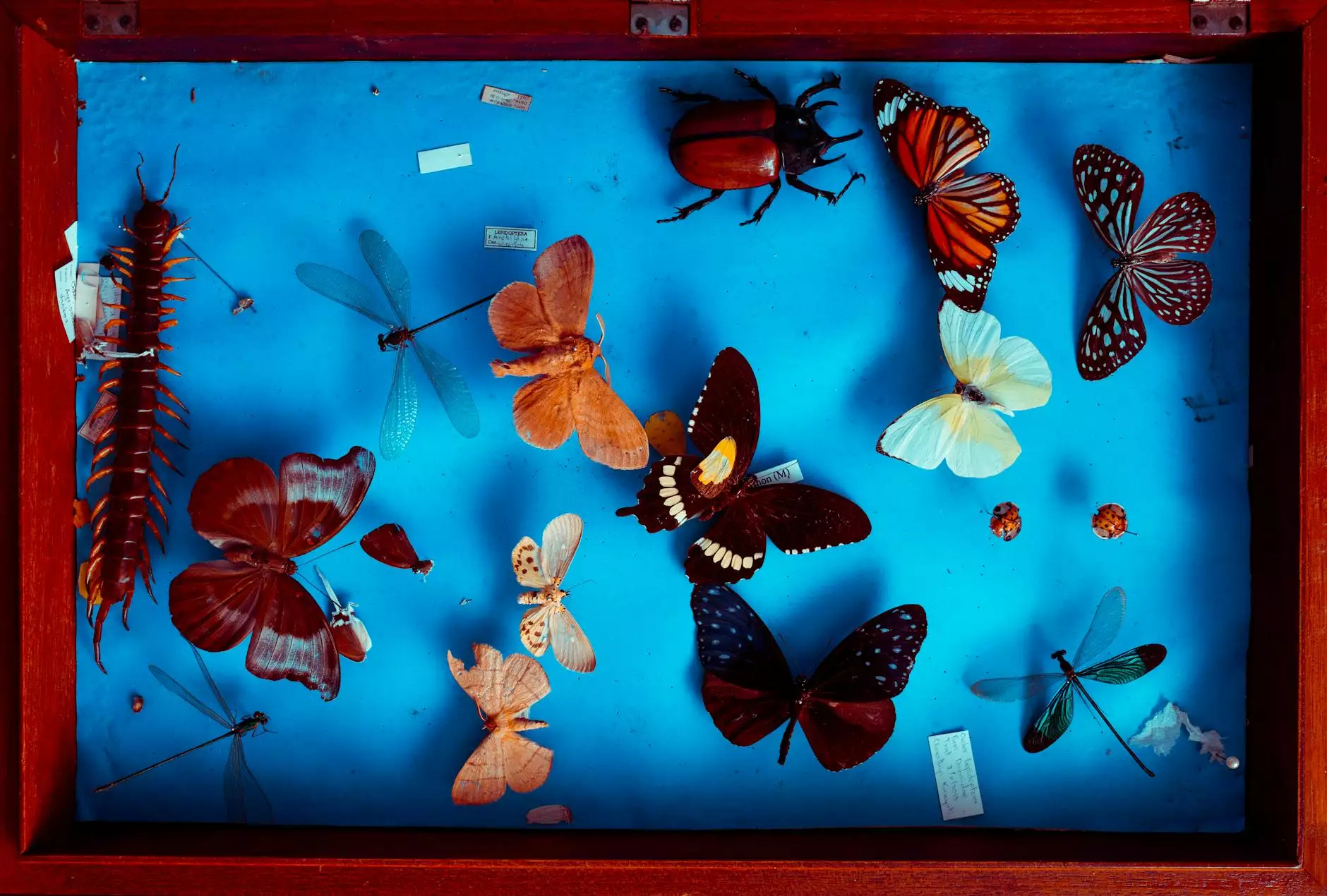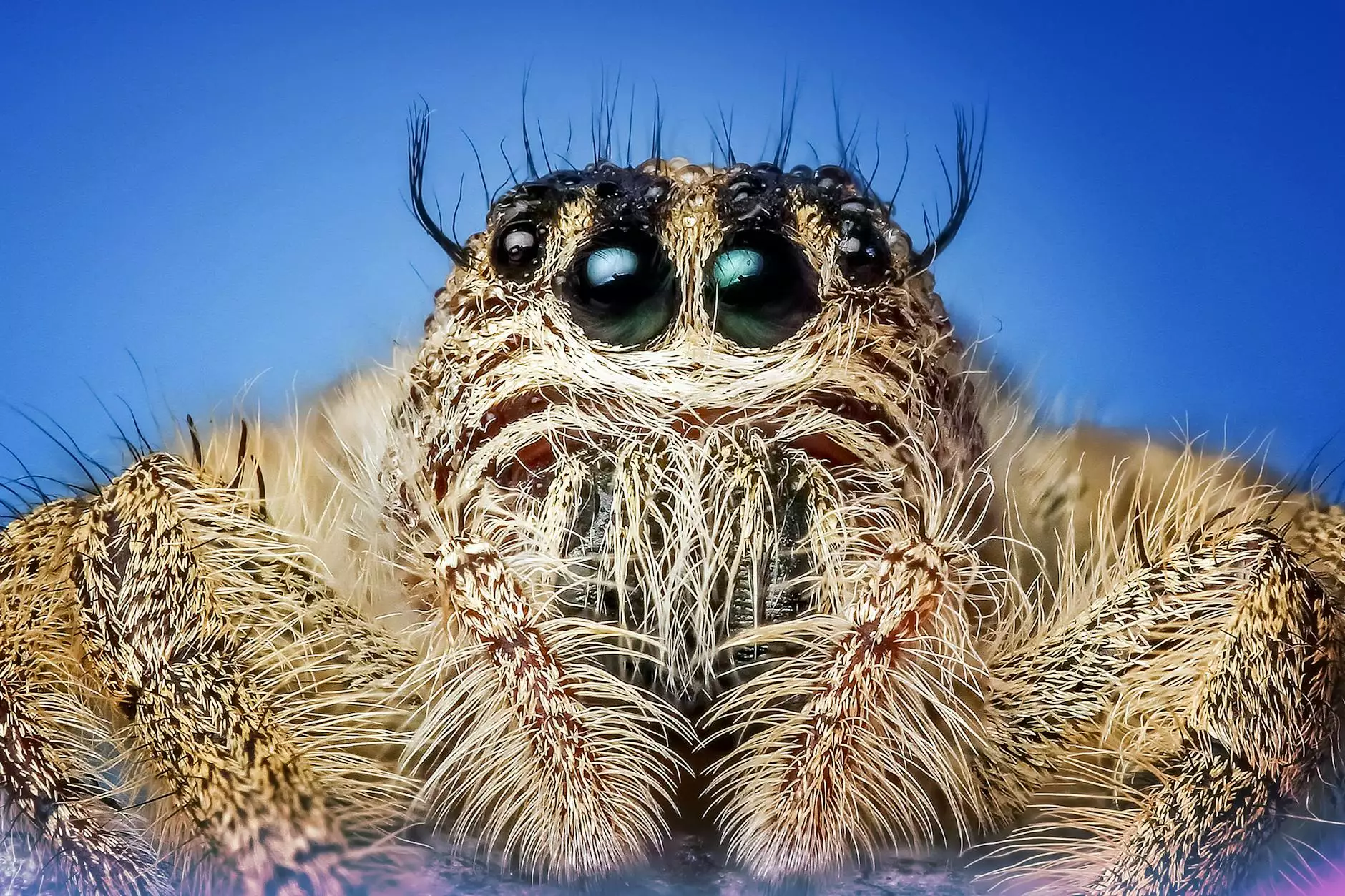The Majestic Lionfish: A Dive Into Azongal's Collection
Marine Conservation
Introduction
Welcome to Azongal's Lionfish Collection - a comprehensive resource for all things lionfish! In this article, we will delve into the captivating world of lionfish, exploring their unique characteristics, habitat, behavior, and the ongoing conservation efforts to protect these mesmerizing creatures.
Overview of Lionfish
Lionfish, scientifically known as Pterois, are a family of venomous marine fish characterized by their flamboyant colors, elongated fins, and lion-like features. They are native to the warm waters of the Indo-Pacific region and have become a popular subject of fascination among divers and marine enthusiasts worldwide.
The Distinctive Appearance
One of the most striking features of lionfish is their vibrant coloration, which varies across different species. The intricate patterns and contrasting hues make them a sight to behold underwater. Their distinct dorsal spines, resembling a lion's mane, add a touch of elegance to their appearance and serve as a warning to potential predators.
Habitat and Distribution
Lionfish are primarily found in tropical coral reefs and rocky outcrops with ample hiding spots where they can ambush their prey. They have a widespread distribution throughout the Indian and Pacific Oceans, thriving in both shallow and deeper waters.
Feeding Behavior
Lionfish are skilled hunters, using their excellent vision and stealthy movements to capture their prey. Their diet mainly consists of small fish, crustaceans, and other invertebrates. With their expandable mouths and lightning-fast strikes, they are able to consume prey nearly their own size.
Reproduction and Life Cycle
Lionfish exhibit fascinating reproductive behavior. Females release adhesive egg masses, which are then fertilized by males during an elaborate courtship ritual. Once hatched, the larvae drift in ocean currents until they develop into juveniles and eventually settle in reef habitats.
Conservation Efforts
Lionfish populations have experienced significant growth in regions where they are considered invasive species. Their voracious appetites and absence of natural predators have led to detrimental effects on native ecosystems. To combat this issue, various organizations and environmental agencies have implemented initiatives to control their numbers and raise awareness about the impact of lionfish on marine biodiversity.
Invasive Species Management
Efforts to manage lionfish populations include targeted removals through spearfishing and trapping, encouraging the consumption of lionfish as a sustainable seafood option, and promoting responsible pet ownership to reduce the accidental release of lionfish from home aquariums.
Education and Awareness
By educating the public about the ecological risks posed by lionfish, organizations strive to promote responsible diving practices and encourage reporting of lionfish sightings in non-native areas. Public engagement programs, such as lionfish derbies and festivals, play a crucial role in fostering a sense of community involvement.
Scientific Research and Collaboration
Ongoing scientific research aims to better understand the behavior, reproduction, and ecological impacts of lionfish. Collaborative efforts between researchers, authorities, and local communities enable the development of effective strategies to mitigate the threat posed by this invasive species.
Conclusion
Azongal's Lionfish Collection offers a window into the captivating world of these mesmerizing creatures. From their distinctive appearance to their feeding behavior and the ongoing conservation efforts, lionfish continue to captivate divers and researchers alike. Join us in celebrating and protecting these extraordinary marine species!
© 2021 Azongal. All rights reserved. | Website: http://azongal.com/collections/lionfish









